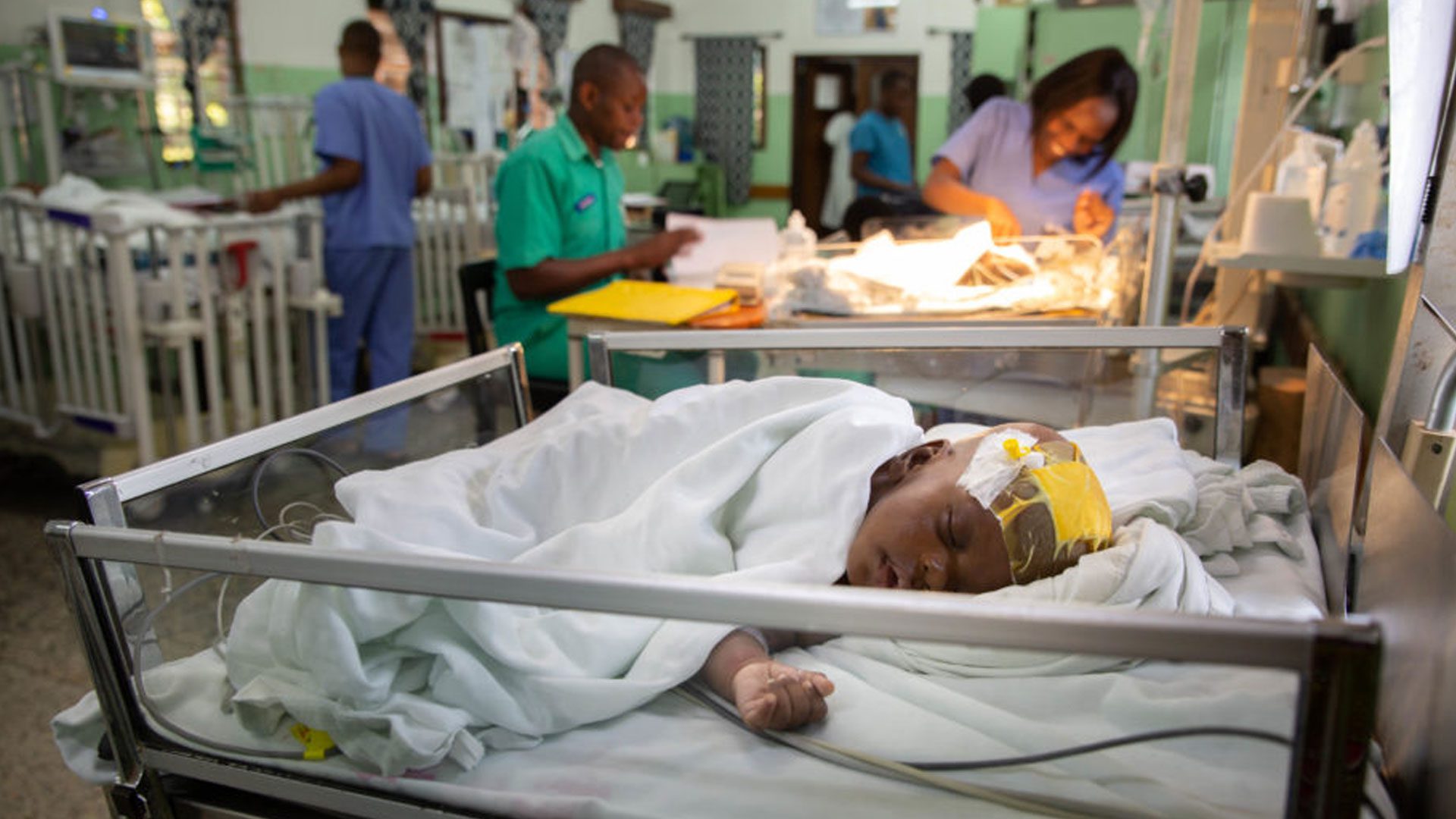Reopening of an obstructed third ventriculostomy: long-term success and factors affecting outcome in 215 infants
Abstract:
Object: The role of reopening an obstructed endoscopic third ventriculostomy (ETV) as treatment for ETV failure is not well defined. The authors studied 215 children with ETV closure who underwent successful repeat ETV to determine the indications, long-term success, and factors affecting outcome.
Methods: The authors retrospectively reviewed the CURE Children’s Hospital of Uganda database from August 2001 through December 2012, identifying 215 children with failed ETV (with or without prior choroid plexus cauterization [CPC]) who underwent reopening of an obstructed ETV stoma. Treatment survival according to sex, age at first and second operation, time to failure of first operation, etiology of hydrocephalus, prior CPC, and mode of ETV obstruction (simple stoma closure, second membrane, or cisternal obstruction from arachnoid scarring) were assessed using the Kaplan-Meier survival method. Survival differences among groups were assessed using log-rank and Wilcoxon methods and a Cox proportional hazards model.
Results: There were 125 boys and 90 girls with mean and median ages of 229 and 92 days, respectively, at the initial ETV. Mean and median ages at repeat ETV were 347 and 180 days, respectively. Postinfectious hydrocephalus (PIH) was the etiology in 126 patients, and nonpostinfectious hydrocephalus (NPIH) in 89. Overall estimated 7-year success for repeat ETV was 51%. Sex (p = 0.46, log-rank test; p = 0.54, Wilcoxon test), age (< vs > 6 months) at initial or repeat ETV (p = 0.08 initial, p = 0.13 repeat; log-rank test), and type of ETV obstruction (p = 0.61, log-rank test) did not affect outcome for repeat ETV (p values ≥ 0.05, Cox regression). Those with a longer time to failure of initial ETV (> 6 months 91%, 3–6 months 60%, < 3 months 42%, p < 0.01; log-rank test), postinfectious etiology (PIH 58% vs NPIH 42%, p = 0.02; log-rank and Wilcoxon tests) and prior CPC (p = 0.03, log-rank and Wilcoxon tests) had significantly better outcome.
Conclusions: Repeat ETV was successful in half of the patients overall, and was more successful in association with later failures, prior CPC, and PIH. Obstruction of the original ETV by secondary arachnoid scarring was not a negative prognostic factor, and should not discourage the surgeon from proceeding. Repeat ETV may be a more durable solution to failed ETV/CPC than shunt placement in this context, especially for failures at more than 3 months after the initial ETV. Some ETV closures may result from an inflammatory response that is less robust at the second operation.




















